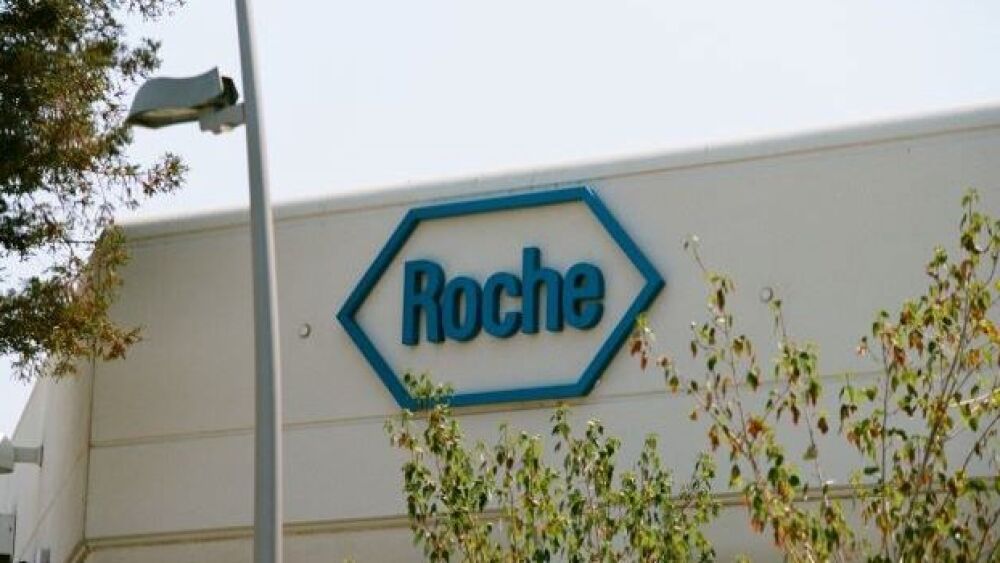Biopharma’s efforts to conquer immunoglobulin A nephropathy were on full display at ASN’s Kidney Week as Ionis, Chinook and Vera all reported positive data.
Courtesy of Gado/Getty Images
Biopharma’s continuous efforts to conquer immunoglobulin A nephropathy (IgAN), also called Berger’s disease, were on display at the American Society of Nephrology’s Kidney Week 2022 this weekend.
Roche and Ionis Head to Phase III
Following positive Phase II data, Roche is planning to take an Ionis-developed antisense drug candidate into a late-stage clinical trial in the first part of 2023.
Ionis presented positive data Sunday from a Phase II trial assessing IONIS-FB-L as a potential treatment for patients with immunoglobulin A nephropathy (IgAN), also known as Berger’s disease. Data showed the drug candidate reduced proteinuria by 44% after 29 weeks. In addition, Ionis reported:
- Kidney function as measured by estimated glomerular filtration rate was maintained.
- The drug led to “robust and sustained reductions” in plasma complement Factor B, alternative pathway activity (AH50) and urinary complement fragment Ba (Factor Ba).
- A favorable safety and tolerability profile was maintained.
IONIS-FB-L uses Ionis’ LIgand Conjugated Antisense (LICA) technology. It is designed to reduce the production of complement factor B, a key protein in the complement innate immune system. Over-action of the FB protein is associated with the development of multiple complement-mediated diseases, including IgAN.
Roche and Ionis teamed up in July on the development of IONIS-FB-L in IgAN.
Chinook’s IgAN Treatment Also Moves Forward
Seattle-based Chinook Therapeutics shared data from its ongoing Phase I/II trial evaluating BION-1301, a novel anti-APRIL monoclonal antibody.
Blocking APRIL is a potentially disease-modifying approach to treating IgAN, as it reduces circulating levels of galactose-deficient IgA1 (Gd-IgA1), Chinook stated in the press release.
Data from two cohorts treated in the study showed BION-1301 generated “rapid and sustained” reductions in IgA and Gd-IgA1 levels, the company announced Friday.
- In cohort 1: intravenous treatment with BION-1301 showed significant reduction of proteinuria throughout the study. At 12 weeks, proteinuria was reduced by 30.4%. At 24 weeks, the reduction increased to 48.8%. By 52 weeks, reduction had reached 66.9%.
- In Cohort 2, patients received a subcutaneous version of BION-1301. Data showed mean proteinuria reductions of 28.7% in 15 patients at 12 weeks of treatment. Reduction levels increased the longer patients remained on treatment. At 24 weeks, nine patients showed a 53.8% reduction.
Eric Dobmeier, president and chief executive officer of Chinook, said the reductions observed to date are highly consistent between both cohorts. Based on this data, Dobmeier said the company intends to move forward with a Phase III trial in IgAN next year.
Vera’s Atacicept Reduces Immune Complex Levels
On Saturday, Brisbane, Calif.-based Vera Therapeutics shared data from its Phase IIa JANUS study that showed atacicept reduced immune complex levels in patients with IgAN.
Data from the JANUS study showed atacicept decreased circulatory Gd-IgA1 in IgAN patients and led to a reduction of anti-Gd-IgA1 antibodies.
Marshall Fordyce, CEO of Vera, told BioSpace the data shows atacicept can reduce the immune clusters that cause IgAN.
The drug candidate reduced Gd-IgA1, the “bad-acting molecule” that triggers the immune complex that causes the disease by 60%, Fordyce said.
Vera has provided the rationale that atacicept is “turning off the faucet” of the disease, he added.
Now, the company is awaiting additional data to determine whether atacicept can reduce proteinuria.
Such a reduction should lead to better outcomes for patients, Fordyce said, adding that Vera is hoping for at least a 30% reduction of proteinuria. This is the threshold set by Calliditas Therapeutics’ Tarpeyo, which last year became the first approved medication to decrease urine protein in IgA nephropathy.
If the data is positive, Fordyce anticipates a Phase III trial could begin in 2023 with a possible data readout in 2025.
A Significant Opportunity
IgAN has become a highly contested area for multiple companies. An estimated 400,000 people suffer from IgAN across the United States and Europe. About half of these patients are expected to develop end-stage renal disease within 20 years from initial diagnosis, which will lead to dialysis or kidney transplant.





